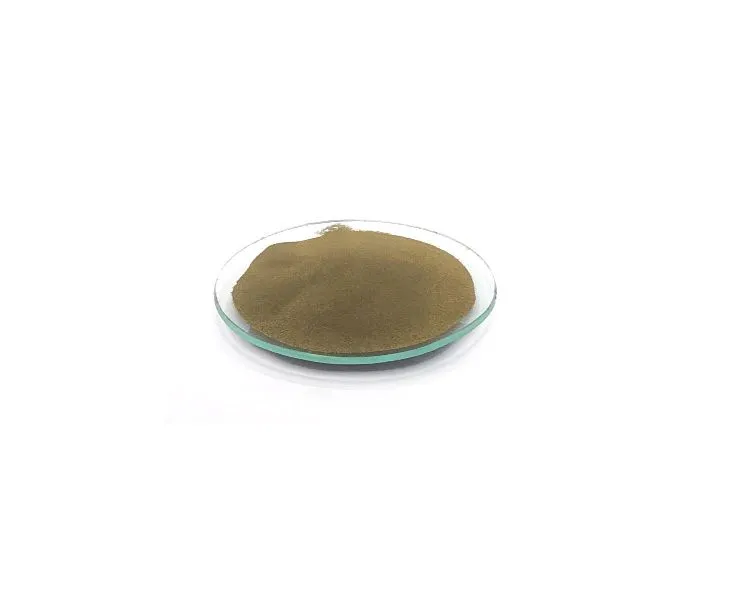

| TRADE NAME | COPPER | ZINC | PARTICLE SIZE | A. D. (g/cm3) | T. D. (g/cm3) | OXYGEN | MORPHOLOGY |
|---|---|---|---|---|---|---|---|
| BS-7030 | 60-71 | 29-31 | <53 | 3.6-4.0 | 4.6-5.0 | <0.4 | IRREGULAR |
| BS-6040 | 59-61 | 30-41 | <53 | 3.6-4.0 | 4.6-5.0 | <0.4 | IRREGULAR |


| TRADE NAME | COPPER | ZINC | PARTICLE SIZE | A. D. (g/cm3) | T. D. (g/cm3) | OXYGEN | MORPHOLOGY |
|---|---|---|---|---|---|---|---|
| BS-7030 | 60-71 | 29-31 | <53 | 3.6-4.0 | 4.6-5.0 | <0.4 | IRREGULAR |
| BS-6040 | 59-61 | 30-41 | <53 | 3.6-4.0 | 4.6-5.0 | <0.4 | IRREGULAR |
Brass powder is an alloy that is made up of copper and zinc. It has very low friction properties and a high corrosion resistance and its thermo-conductive nature makes it very common in a wide array of industries including electronics.
Brass powder is an alloy that is made up of copper and zinc. It has very low friction properties and a high corrosion resistance and its thermo-conductive nature makes it very common in a wide array of industries including electronics.
Brass Powders upon sintering, yield moderate mechanical strength, excellent ductility, and good corrosion resistance. Parts can be subsequently burnished to improve surface finish.
Brass is also commonly used in applications where corrosion resistance and low friction are required, such as:
Locks, Hinges, Gears, Bearings, Ammunition casings, Zippers, Plumbing, Hose couplings, Valves, Electrical plugs and sockets
| Properties | Copper | Zinc |
|---|---|---|
| Molecular Weight | 63.55 | 65.38 |
| Appearance | Reddish metal in various forms | Shiny silvery-grey metal |
| Melting Point | 1085 °C | 420 °C |
| Boiling Point | 2562 °C | 907 °C |
| Density | 8.96 g/cm3 | 7.14 g/cm3 (20 °C) |
| Solubility in H2O | N/A | N/A |
| Electrical Resistivity | 0.39 kJ/kg·K | 59.0 nΩ·m (20 °C) |
| Electronegativity | 1.90 Paulings | 1.65 Paulings |
| Heat of Fusion | 13.26 kJ ·mol-1 | 7.32 kJ/mol |
| Heat of Vaporization | 300.4 kJ ·mol-1 | 115 kJ/mol |
| Poisson's Ratio | 0.34 | 0.25 |
| Specific Heat | 0.39 kJ/kg K | 0.39 J/g·°C (25 °C) |
| Thermal Conductivity | 1.68 x 10-8 &Ohm;·m | 116 W/(m·K) |
| Thermal Expansion | 16.5 µm·m-1·K-1 (25 °C) | 30.2 µm/(m·K) (25 °C) |
| Young's Modulus | 110-128 GPa | 108 GPa |
© Serena. All rights reserved.